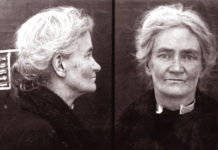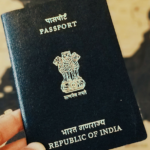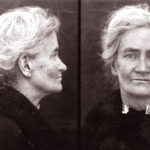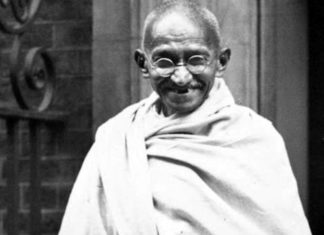Britain’s National Portrait Gallery is famously very particular concerning the images it obtains nonetheless it has just acquired four photographs of the late singer-songwriter Amy Winehouse by Indian-origin photographer Ram Shergill for its eternal collection.
They will be comprised in an exhibition on Winehouse the gallery is planning-perhaps like the one it is at present holding on the “King of Pop” Michael Jackson.
Shergill, who has done numerous cover shoots for fashion magazines such as Vogue India, is considered one of the rising stars in photography, which is a particularly competitive field.
The gallery says that it upholds “a collection of portraits of the most significant persons in British history, from the earliest times to the present day.”
“The principle for the inclusion of a portrait in the collection is that a person represented should have made, or be making, a substantial contribution to British history or culture.”
It adds: “The Photographs Collection also acquires portraits and other objects of particular importance to the study of British portraiture, including the work of significant portrait photographers.”
That is a significant endorsement for Shergill, who had to overcome several barriers, including cultural ones, to advance acceptance.
He explained that he had a chance meeting with Clare Freestone, curator, Photographs (Acquisitions and Collections) at the National Portrait Gallery. “I mentioned that I had accumulated a body of work which included various iconic stars such as Eddie Redmayne, Dame Judi Dench, and Amy Winehouse.”
“They were particularly interested in the images of Amy Winehouse as they were unseen images of Amy. The session took place in my then studio in East London-it was a cover shoot for the Guardian in 2004. They used one image and the rest of the shoot was not used. In this session, you can see Amy in her original true self and self-styled.”
She died of “alcohol poisoning” on 23 July 2011, aged 27.
“In this particular session with Amy Winehouse which was just after her success with the album, Frank, Amy specified to me that she did not like the clothes that were available on the rail,” recalled Shergill.
“We then had a long chat in the back garden of my the studio overlooking the river Lea, and I remember saying to her that she was a star and she should only be guided by what she wanted to do and that the session was about her.”
“Therefore she could wear what she wanted, and do what she wanted on her day with me and in life generally, as I wanted to capture the essence of her being.”
Shergill added: “This was just before she became an international superstar with her Back to Black success. I decided not to simply shoot in a studio with a white background, but rather in a 1950’s diner, where she sang to her heart’s content. Whilst photographing her we listened to Martha Reeves and the Vandelas, she drank a strawberry milkshake and started to elongate her eyeliner.”
By Sowmya Sangam













































